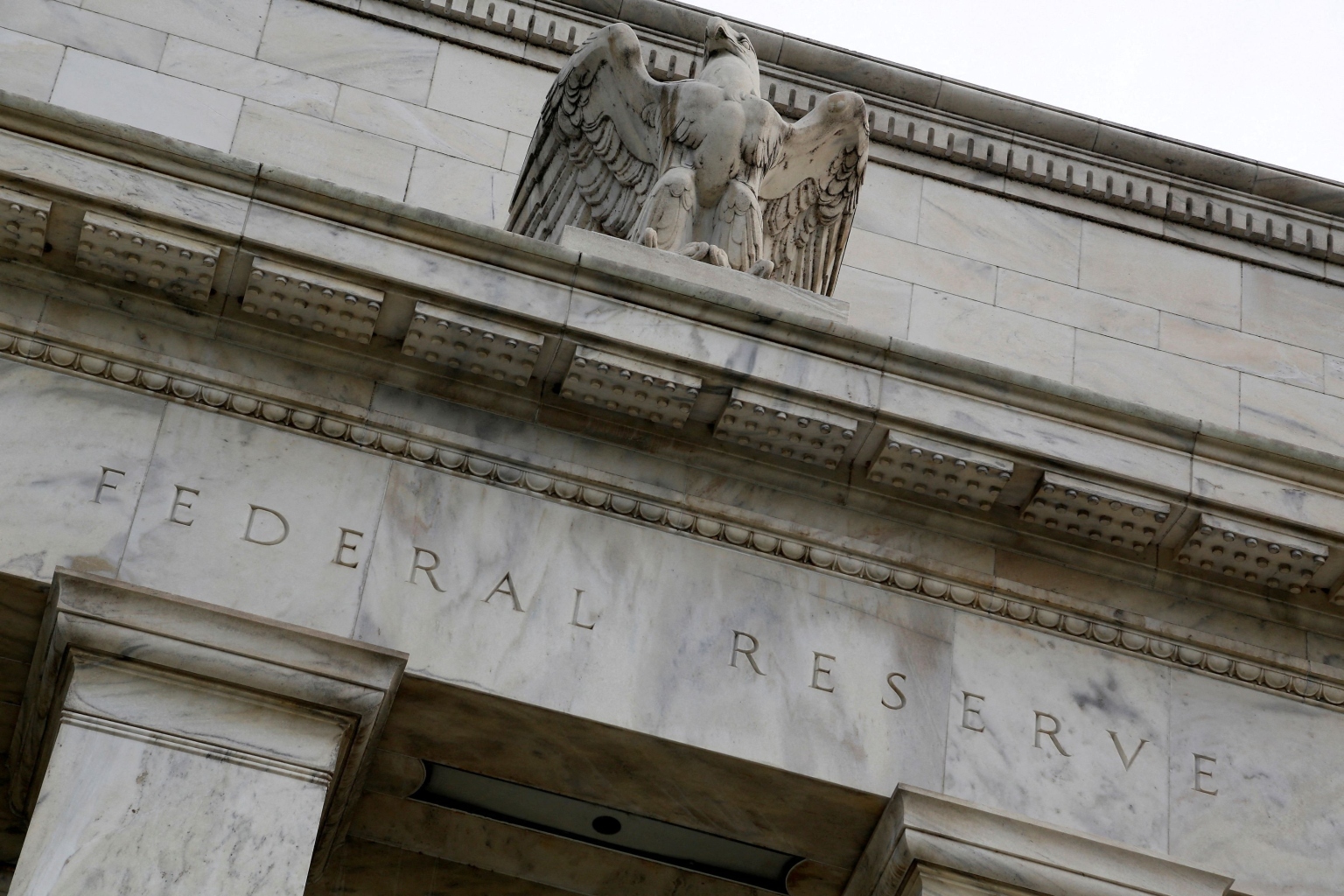US Fed to hike rates by 75 basis points in July, by 50 in September: Economists
Sign up now: Get ST's newsletters delivered to your inbox

Last week the Fed hiked the federal funds rate by three-quarters of a percentage point, its largest increase since 1994.
PHOTO: REUTERS
Follow topic:
BENGALURU (REUTERS) - The United States Federal Reserve will deliver another 75 basis point interest rate hike in July, followed by a half percentage point rise in September, and will not scale back to quarter percentage point moves until November at the earliest, according to economists polled by Reuters.
Last week the Fed hiked the federal funds rate by three-quarters of a percentage point, its largest rate increase since 1994, after official data just a few days earlier showed inflation unexpectedly rose despite expectations it had peaked.
The latest poll results, released on Wednesday (June 22) before Fed chair Jerome Powell is due to appear before the Senate Banking Committee as part of his twice-yearly monetary policy testimony to Congress, show momentum is still behind the US central bank doing more, not less, despite rising recession concerns and a steep sell-off in financial markets.
Bond yields are up sharply and major Wall Street stock indexes are already trading in a bear market, defined as 20 per cent down from their peak.
In the June 17-21 Reuters poll, nearly three-quarters of economists, 67 of 91, expected another 75-basis-point US rate hike in July. That would take the fed funds rate to a range of 2.25 per cent to 2.50 per cent, roughly the neutral level where the Fed estimates the economy is neither stimulated nor restricted.
A strong majority expect the central bank to hike its policy rate by another 50 basis points in September, with opinion more split on whether it will hike by 25 or 50 basis points in November. A majority expect the Fed to raise rates by 25 basis points at its December meeting.
That would take the fed funds rate to a range of 3.25 per cent to 3.5 per cent by the end of this year, 75 basis points higher than thought in a poll published just two weeks ago.
Mr Powell last week signalled that a pause in the current tightening cycle would only be possible after a meaningful decline in inflation, which currently looks to be a more distant prospect than thought just a few weeks ago.
"Since the Fed is still underestimating the inflation problem... not recognizing that a wage-price spiral has already started, we expect they will have to raise rates faster than they now expect," wrote Rabobank senior US strategist Philip Marey in a note.
"Unfortunately, the hiking path is also likely to be followed by a recession."
Inflation will remain above the Fed's 2 per cent target until at least 2025, according to its own projections and a separate Reuters poll.
Aggressive rate hikes come with their own risks, as reflected in the Fed's economic projections, where forecasts for the US unemployment rate were raised significantly and economic growth was predicted to average below trend.
The poll predicted only one 25-basis-point hike in the first quarter of next year, pushing the federal funds rate to 3.5 per cent to 3.75 per cent, the possible terminal rate.
The Fed was expected to pause in the second and third quarters of next year and cut rates by 25 basis points in the final quarter of next year, according to the median forecast from a smaller sample. But forecasts for where the fed funds rate will be by the end of next year ranged between 2.50 per cent and 2.75 per cent and 4.25 per cent and 4.50 per cent, underscoring high uncertainty.
Despite Mr Powell saying the Fed was not trying to induce a recession, a few primary dealers have either started predicting one as early as this year or have brought forward their recession calls.

